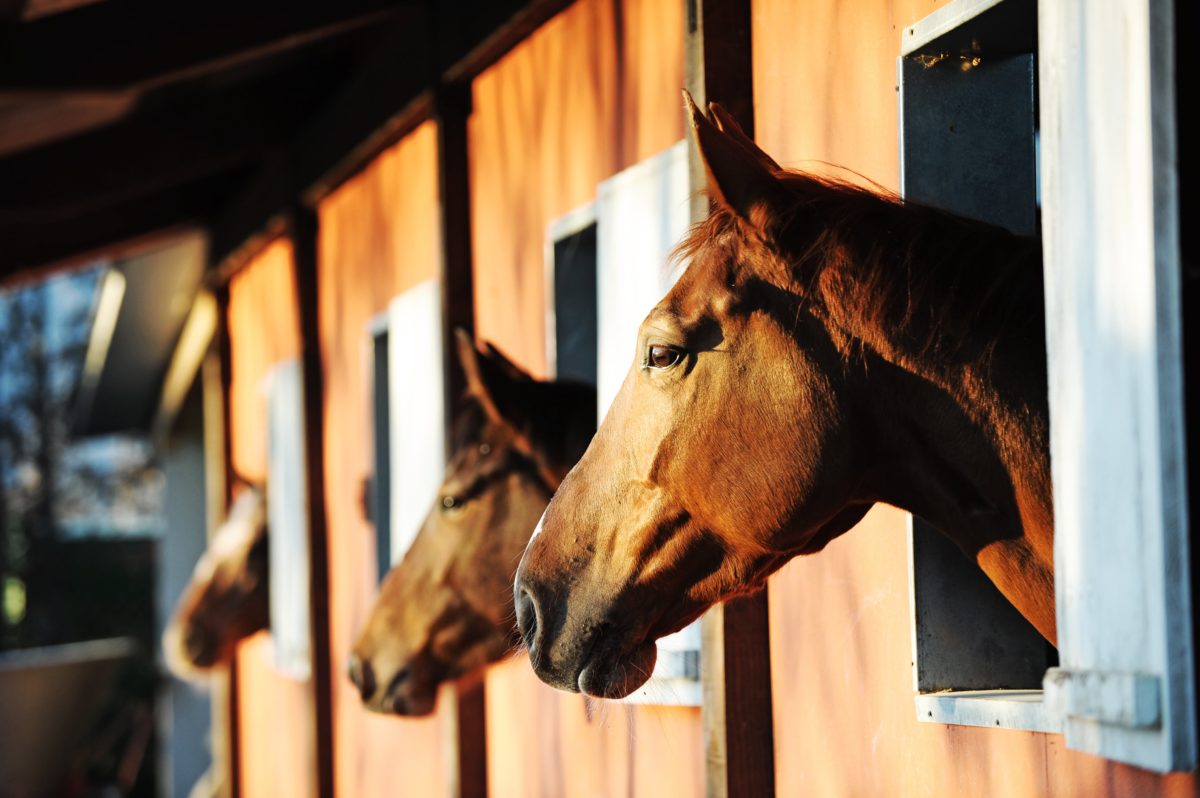
Your horse’s posture, expressions, and movements all mean something, and whether you own an equine business or are just a happy horse owner, it’s important that you learn how to read their cues. Understanding equine body language will directly impact the quality of your interactions will them. It is truly beneficial to know how to decode your horse’s behaviors and respond in kind.
The Ears
Evaluating the ears is one of the easiest ways to read what your horse is feeling. If the ears are tilted forwards then they are alert, paying attention, or interested in what’s going on. If the ears are folding back toward the neck, your horse is quite angry. Be careful in this situation, because it’s a sign they will likely bite or kick. However, if they aren’t pinned tightly back it may mean they are simply listening to something behind them and deciding if they want to go check out where the sound is coming from.
The Tail
The tail is known as a mobile method of equine communication. A swishing tail normally means that there is tension in the body. If you are riding while the tail is swishing you may want to check that everything fits properly and there is nothing digging into them. If the swishing is persistent you should take your horse to the vet, because they might be in pain. Rapid swishing side to side or up and down is a warning that they are angry and most likely about to kick.
When they are carrying their tail high that means your horse is excited and energized! However, if they are not paying any attention to you, you should try to regain their focus so they don’t buck or bolt.
The Eyes
Eye movement is a good indicator of what a horse is thinking and where their focus lies. Tightening around the eyes or a wrinkled upper eyelid is a sign that you horse is becoming tense. They may be stressed, scared, or uncomfortable.
Eyes flinging from side to side means that they are fearful and looking to escape. Your safety is in jeopardy if you don’t address the situation quickly. Remove your horse from the situation and try to relieve their anxieties.
When the eyes widen and the whites of the eyes begin to show this could mean that your horse is startled or alarmed, although this is dependent on the type of horse. Whites of the eyes are naturally always visible on some breeds. If it is not a natural occurrence for your horse, than they are extremely upset. They have reached a point where you must act fast to avoid a defensive action.
About Sine Insurance
At Sine Insurance Group, we are dedicated to providing you with custom tailored insurance policies to protect your assets. Our comprehensive packages have been expertly crafted to serve St. Louis and the surrounding areas for the past 25 years. For more information about our products, contact us today at (636) 947-1177.

